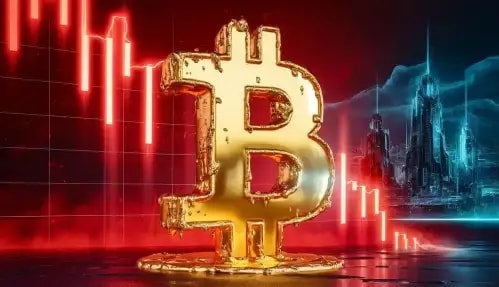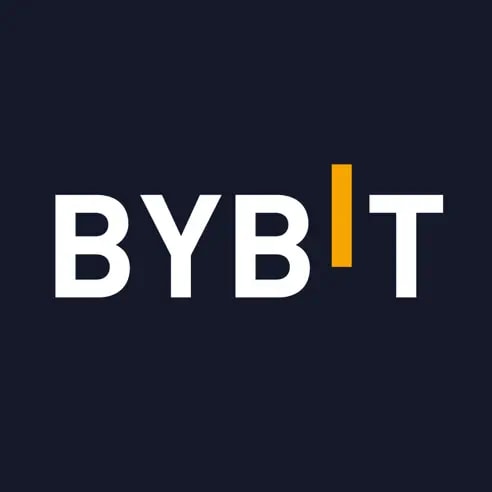ver 16M users are exploring the depths of the Avalanche network (AVAX), which is known for its hyper-speed and cost-efficient transactions. The network is home to hundreds of decentralised applications, ranging from Play-to-Earn (P2E) Games to Borrowing and Lending protocols.
In this article, we will cover the following topics:
- What is Avalanche (AVAX)?
- How Does Avalanche Work?
- Why Avalanche (AVAX)?
- What are Avalanche Subnets?
- Avalanche Ecosystem
- Avalanche Partnerships
Let’s start from the beginning. How did Avalanche (AVAX) come to fruition?
What is Avalanche – AVAX?
The Avalanche (AVAX) network first launched in September 2020 after raising over $40M in funding from a token sale. Now Avalanche is known to be one of the world’s largest, scalable and most highly used blockchains, with a current TVL of $873M according to DeFiLlama.
Avalanche is a decentralised Proof-of-Stake network designed to be ultra-scalable, fast, secure and flexible. The network allows developers to seamlessly launch decentralised applications (dApps) by offering more programmability and features than competing networks like Ethereum.
How Does Avalanche Work?
The Avalanche Network is intended to support many blockchains to be built on top of it, making it easier to connect existing blockchains to it, support multiple programming languages and virtual machines like the EVM.
The Avalanche network consists of 3 built-in blockchains:
X Chain – is used to create and exchange assets, such as Tokens & NFTs
P Chain – is used to coordinate Validators and create ‘Subnets’.
C Chain – is used for the creation of Smart Contracts, and supports features like Metamask wallet.
The C-Chain is the most popular network as we use it to interact with popular dApps within the Avalanche ecosystem, all of which you can find below.
Why Avalanche?
Most users and developers turn to Avalanche due to its incredibly fast and cheap transactions, processing a whopping 4,500 transactions per second. Visa is only able to process 1700 transactions per second, with a huge difference of 2800 transactions!
Layer 1 competition is about to get tough for Avalanche’s competitors. Soon, Avalanche is launching their HyperSDK blockchain upgrade to the network which could make it over 30x faster than it already is. In September 2023, according to Cointelegraph the Avalanche testnet supposedly hit over 143,000 transactions per second (TPS) with the power of its HyperSDK upgrade.
How will Layer 1 blockchains compete with such superior scalability?
What are Avalanche Subnets?
Subnets are one of Avalanche’s main components. They are independent networks which specify their own rules, tokenomics and security. Subnets allow the Primary Network to enable higher transactions per second and lower transaction costs!
Here are some existing Avalanche Subnets:
- Dexalot – The Dexalot subnet is a unique decentralised exchange (DEX) network built to onboard traders of all kinds with a full-on centralised exchange experience.
- DFK Chain – DeFi Kingdoms is yet another popular protocol that was creating too much congestion on the Avalanche network, so the DFK Chain came into existence.
At the time of writing, there are 101 subnets with more on the way. Not only are developers choosing to build and launch dApps on the Avalanche main network, but are developing subnets to access infinite Avalanche’s scalability…
Avalanche Ecosystem
The Avalanche Ecosystem is vast and has some of the most popular DeFi protocols out of all the blockchains. Avalanche makes it easy for newcomers to visit their ecosystem of applications. Here is a short list of popular DeFi applications within the Avalanche ecosystem.
- Trader Joe - Decentralised Exchange
- GMX - Decentralised Spot and Perpetual Trading Exchange
- Opensea - NFT Marketplace
- Shrapnel - First-Person Shooter (FPS) Game
There are so many different decentralised applications suited to everyone’s desires and needs! Whether you’re looking to trade, swap tokens or collect and trade NFTs, the Avalanche ecosystem has it all.
Avalanche Partnerships
Since its inception, Avalanche has landed some of blockchain’s most historical partnerships, tapping into multi-billion dollar industries. Let’s take a look at the ones that caught our attention:
- Amazon Web Services Cloud (AWS Cloud) - This incredible partnership will see that the Avalanche network is adopted by large enterprises, institutions and governments! AWS will strengthen the blockchain and provide users with capabilities to launch and manage AVAX Nodes seamlessly.
- AliBaba Cloud - Alibaba is providing its global cloud computing services by providing Nodes as a Service (NaaS), allowing users to set up an AVAX node in 3 simple steps.
- Shopify - This surreal partnership allows merchants on Shopify to Design, Mint and Sell Avalanche NFTs! With the number of people starting up online businesses every day, I’m sure we’re going to see a spike in AVAX NFT volume!
This is just the beginning of a series of amazing partnerships. In the future, other companies will discover the true powers of the Avalanche blockchain.
Conclusion
As we shift from Web2 to Web3, networks such as Avalanche will stand at the forefront when the transition takes place. This powerful network and expansive ecosystem is one worth exploring.
At the time of writing, the Avalanche token (AVAX) is hovering at $36.57 with a market cap of $13.42B, ranking AVAX the 9th largest cryptocurrency. According to CoinMarketCap, the AVAX token has seen an all-time high (ATH) of $146.22 back in November 2021. The question is, will Avalanche reach and/or exceed previous heights?
Official Avalanche Links
Disclaimer
The content provided in this article is strictly intended for informational purposes. Nothing said in this article is financial advice. It is important to proceed with caution and diligence when using cryptocurrencies. Always invest what you are prepared to lose and remember that you are entirely responsible for your assets and investments. The author and the publication do not endorse or recommend any of the cryptocurrencies, protocols or strategies in this article.
%201000%20x%20574%20(2).webp)
%20500%20x%20288%20(15).webp)
_%20500%20x%20288%20(15).webp)
_%20500%20x%20288%20(15).webp)
_%20500%20x%20288%20(15).webp)








